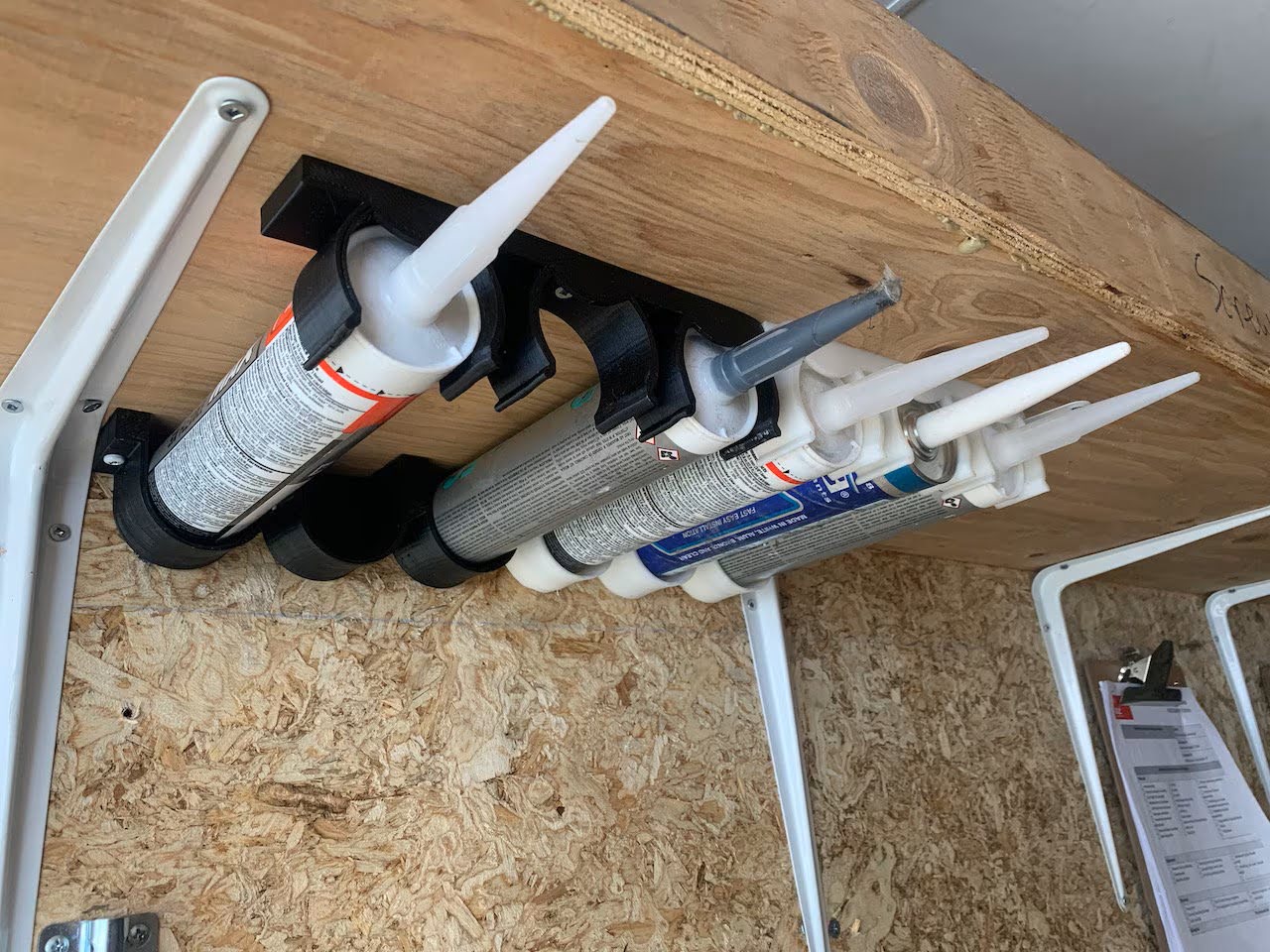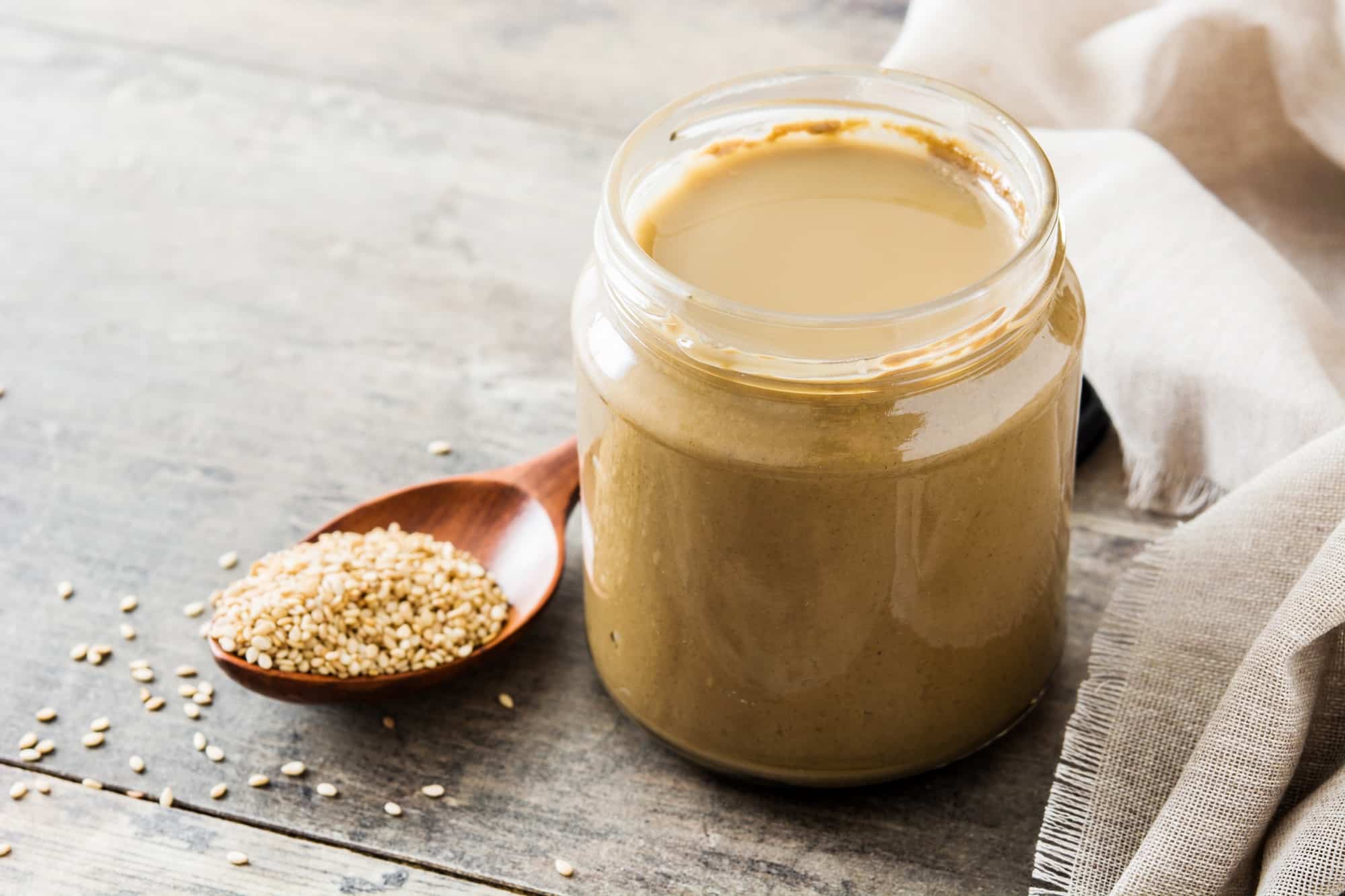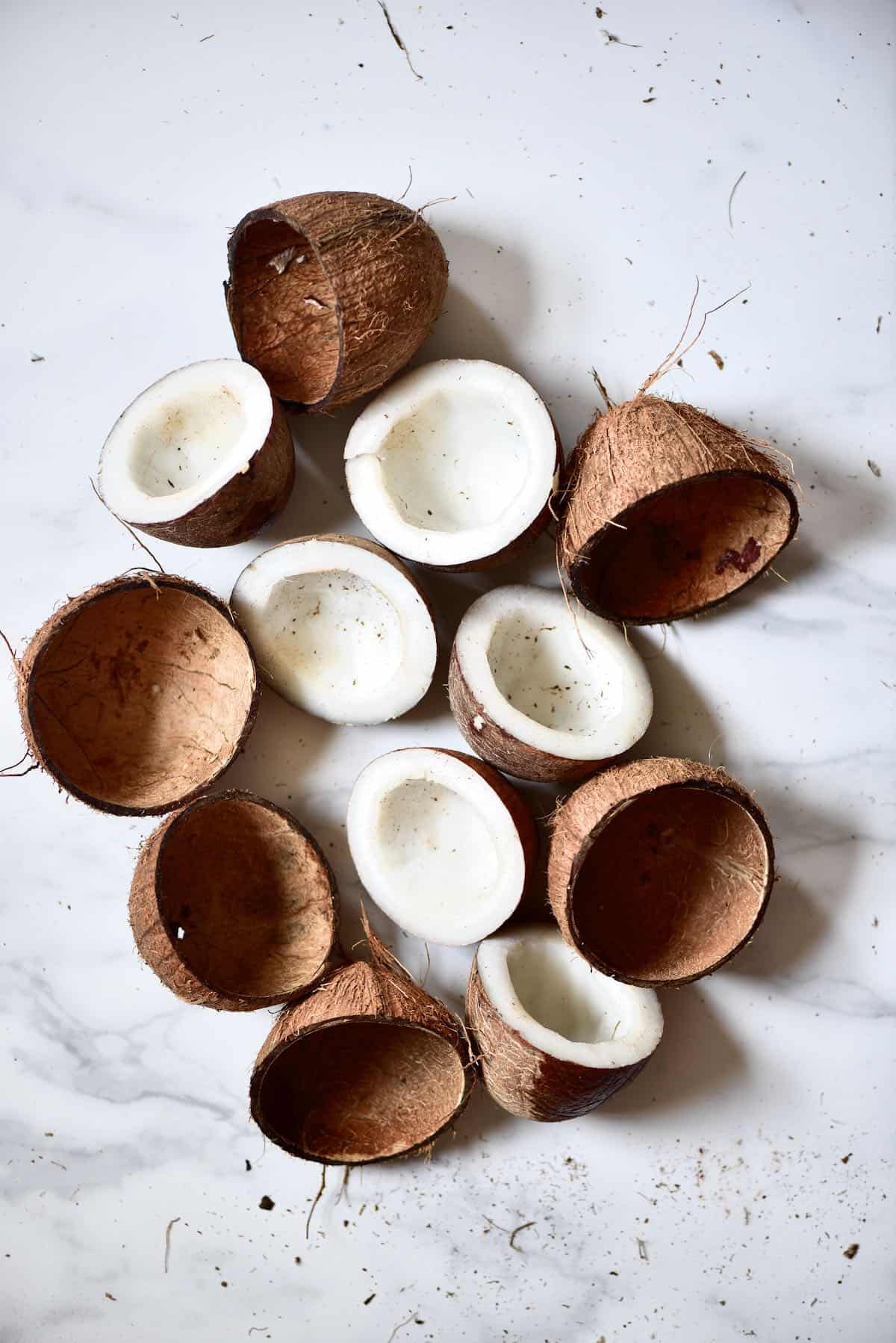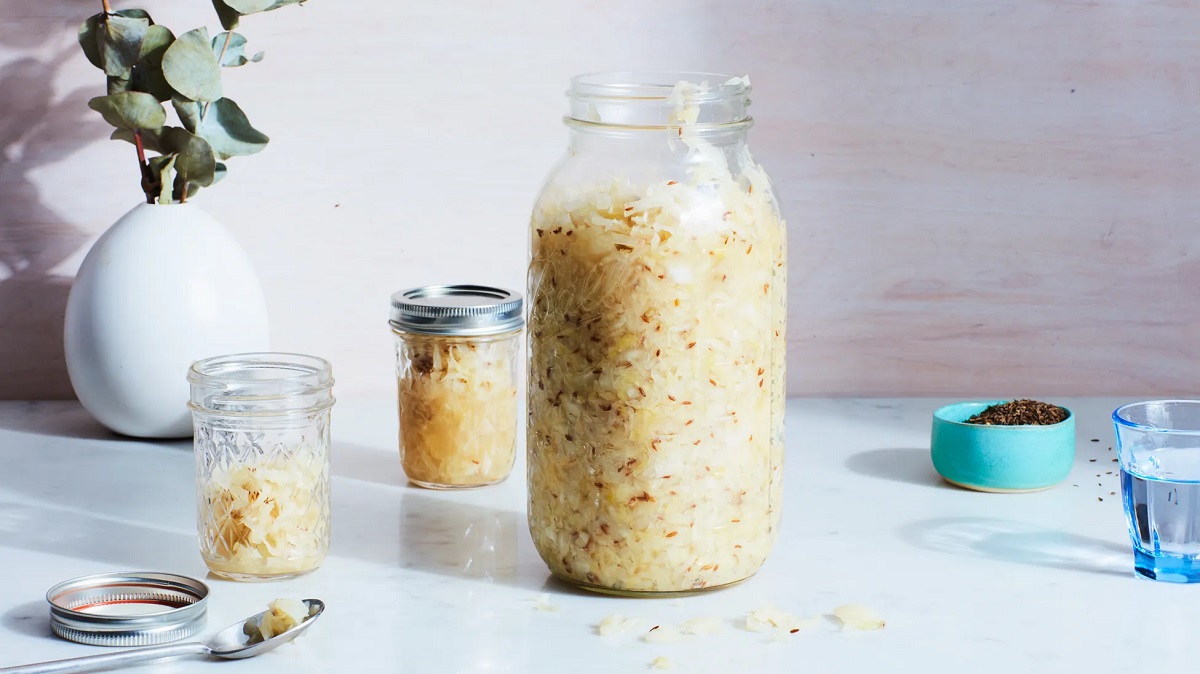

Articles
How To Store Pinot Noir After Opening
Modified: December 7, 2023
Learn how to properly store Pinot Noir after opening with our informative articles. Find tips and techniques to preserve the flavor and freshness of your favorite wine.
(Many of the links in this article redirect to a specific reviewed product. Your purchase of these products through affiliate links helps to generate commission for Storables.com, at no extra cost. Learn more)
Introduction
Welcome to the wonderful world of Pinot Noir! This delicate and nuanced red wine is loved by wine enthusiasts around the globe for its complex flavors and elegant characteristics. However, once you’ve opened a bottle of Pinot Noir, proper storage becomes essential to maintain its quality and preserve its delicate flavors.
In this article, we will explore the ins and outs of storing Pinot Noir after opening. Understanding how to store this exquisite wine will not only prolong its shelf life but also ensure that every sip is as enjoyable as the first.
Whether you’re a wine connoisseur, an occasional wine drinker, or someone who simply wants to make the most of your Pinot Noir purchase, this guide will provide you with valuable insights on how to store and enjoy your favorite red wine.
Key Takeaways:
- Proper storage of opened Pinot Noir is crucial to preserve its delicate flavors and prevent oxidation. Temperature, humidity, and minimizing oxygen exposure are key factors in maintaining the wine’s quality.
- Practical tips for storing opened Pinot Noir include re-corking tightly, storing upright, keeping cool, using wine stoppers or preservers, and considering a wine refrigerator for frequent wine enthusiasts.
Read more: How Many Calories Is A Glass Of Pinot Noir
Understanding Pinot Noir
Before delving into the intricacies of storing Pinot Noir, it’s important to have a basic understanding of this unique wine varietal. Pinot Noir is a red wine made from the Pinot Noir grape, which is notoriously challenging to cultivate due to its sensitivity to climate and soil conditions.
Pinot Noir is renowned for its light to medium body, vibrant acidity, and delicate tannins. It typically offers a wide range of flavors, including red berries, cherries, plums, and hints of earthiness. The wine can exhibit floral, herbal, or even spicy notes, making it highly versatile and intriguing.
Pinot Noir is often described as the “holy grail” of red wines due to its ability to reflect the terroir (environmental factors such as soil, climate, and grape-growing practices) and the winemaker’s artistry. It is known for its elegance, finesse, and complexity, which sets it apart from bolder and more robust red wines like Cabernet Sauvignon or Syrah.
Due to its delicate nature, Pinot Noir is also more susceptible to oxidation and spoilage compared to other red wines. This is why proper storage techniques are crucial to maintain the wine’s integrity and savor its full potential.
Store opened Pinot Noir in the refrigerator with a wine stopper to slow down oxidation. It’s best to consume within 3-5 days for optimal flavor.
Why Proper Storage Matters
Proper storage is of utmost importance when it comes to preserving the quality of Pinot Noir after opening. Inadequate storage conditions can result in oxidation, loss of flavor, and spoilage, ultimately diminishing the enjoyment of the wine.
The primary enemy of opened wine is oxygen. When exposed to air, the wine starts to interact with oxygen, leading to oxidation. This process alters the wine’s flavors and aromas, making it taste flat, dull, or even unpleasant. Pinot Noir, with its delicate and nuanced flavors, is particularly sensitive to oxidation.
Proper storage minimizes the wine’s exposure to oxygen, helping to retain its vibrancy, freshness, and complexity. Additionally, consistent temperature and humidity control are essential to prevent heat damage or the growth of mold and mildew on the cork.
Temperature fluctuations can greatly impact the quality of Pinot Noir. High temperatures can speed up the wine’s aging process, leading to premature degradation and spoilage. On the other hand, excessively low temperatures can dull the wine’s flavors and aromas.
Ideally, Pinot Noir should be stored at a temperature between 55 to 60 degrees Fahrenheit (12 to 15 degrees Celsius), which is the optimal range for preserving its delicate characteristics. Avoid storing it in areas that experience extreme temperature fluctuations, such as near windows, heaters, or refrigerators.
Humidity levels also play a crucial role in proper wine storage. Inadequate humidity can cause the cork to dry out, allowing air to seep into the bottle and spoil the wine. Ideally, the humidity should be around 70%, which helps to keep the cork in good condition. This can be achieved by storing the wine in a humidity-controlled environment or using a wine fridge or cellar.
By paying attention to these critical factors – temperature, humidity, and limiting oxygen exposure – you can ensure that the Pinot Noir you open will stay fresh, vibrant, and full of flavor for longer.
Tips for Storing Pinot Noir After Opening
Now that you understand the importance of proper storage for Pinot Noir, let’s explore some practical tips to ensure the longevity and enjoyment of your opened bottle:
- Re-cork it tightly: After pouring a glass of Pinot Noir, make sure to re-cork the bottle tightly to prevent excessive oxygen exposure. A well-sealed cork will help maintain the wine’s freshness and slow down the oxidation process.
- Store it upright: Unlike unopened bottles, storing opened Pinot Noir upright can help minimize the surface area that comes into contact with oxygen. This reduces the risk of oxidation and helps preserve the wine’s delicate flavors.
- Keep it cool: Temperature control is essential for storing Pinot Noir after opening. Aim to keep the wine in a cool and dark place, away from direct sunlight and heat sources. This will help slow down the oxidation process and maintain the wine’s flavors.
- Consider a wine stopper or vacuum pump: If you don’t finish the bottle in one sitting, using a wine stopper or a vacuum pump can help remove excess air from the bottle. These tools create a vacuum seal, minimizing oxygen exposure and extending the wine’s shelf life.
- Use a wine preserver: Wine preservers, such as argon gas or wine saver sprays, can be effective in protecting the wine from oxidation. These products create a protective barrier on top of the wine, preventing oxygen from coming into contact with the surface.
- Consider a wine refrigerator: If you frequently open and enjoy different bottles of wine, investing in a wine refrigerator can be a worthwhile investment. These appliances offer precise temperature and humidity control, creating an ideal environment for storing opened wine.
Remember, while these tips can help prolong the life of your opened Pinot Noir, it’s important to consume it within a few days or a week for the best drinking experience. Over time, even with proper storage, the wine’s flavors and aromas will start to fade.
By following these tips, you can optimize the storage conditions for your opened Pinot Noir, allowing you to savor the wine’s unique qualities and enjoy it to the fullest, sip after sip.
Frequently Asked Questions about How To Store Pinot Noir After Opening
Was this page helpful?
At Storables.com, we guarantee accurate and reliable information. Our content, validated by Expert Board Contributors, is crafted following stringent Editorial Policies. We're committed to providing you with well-researched, expert-backed insights for all your informational needs.
















0 thoughts on “How To Store Pinot Noir After Opening”